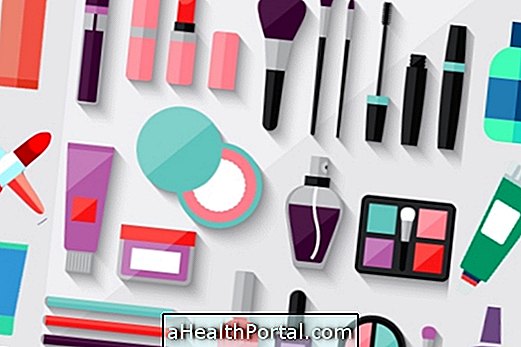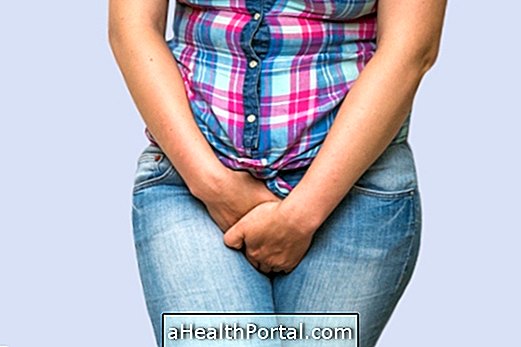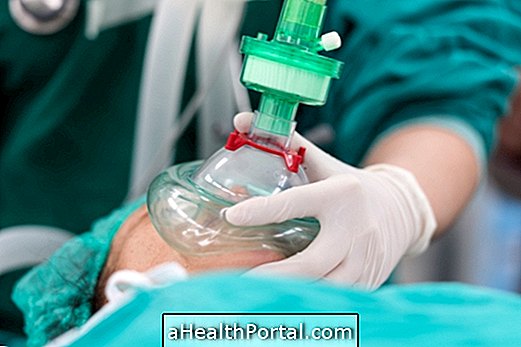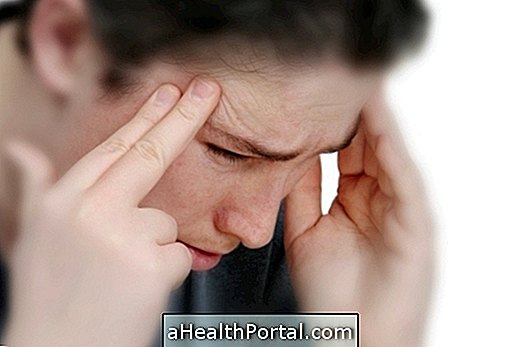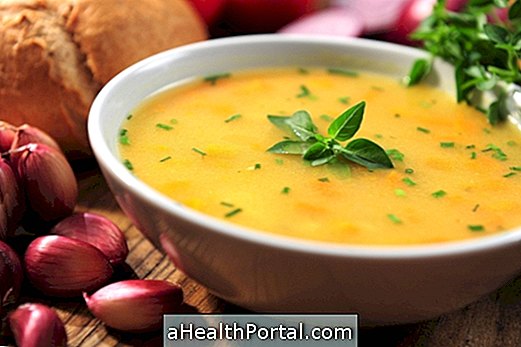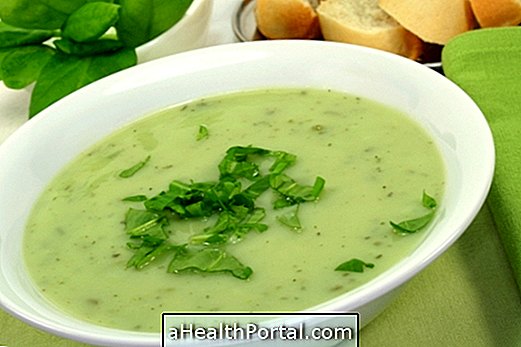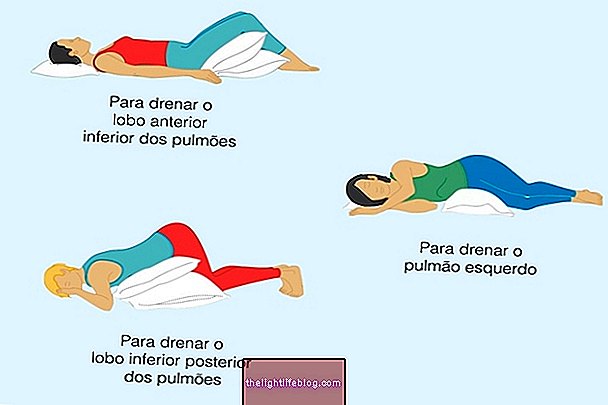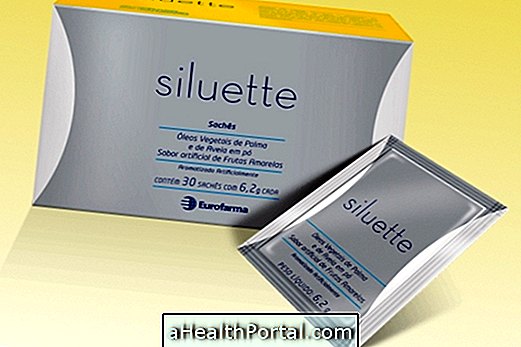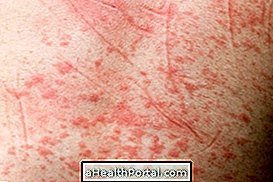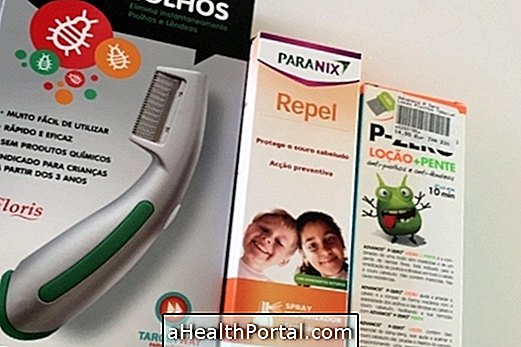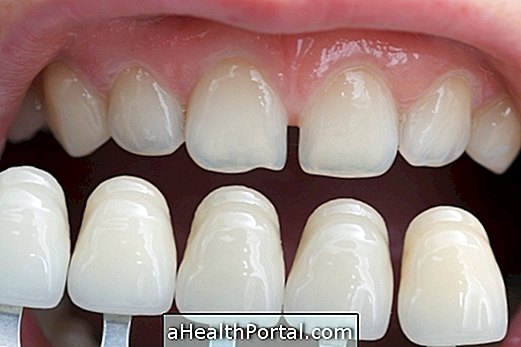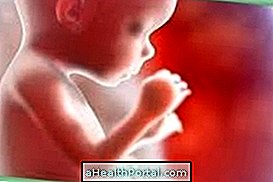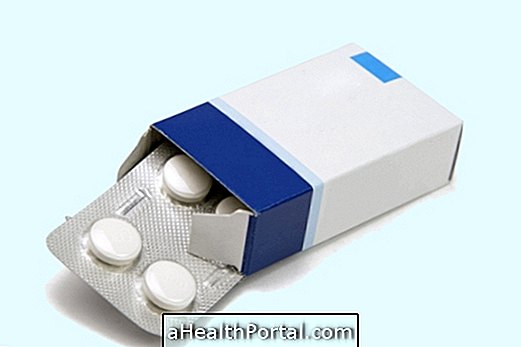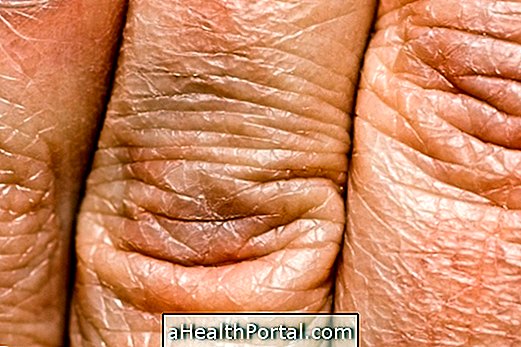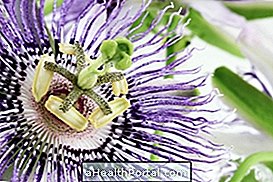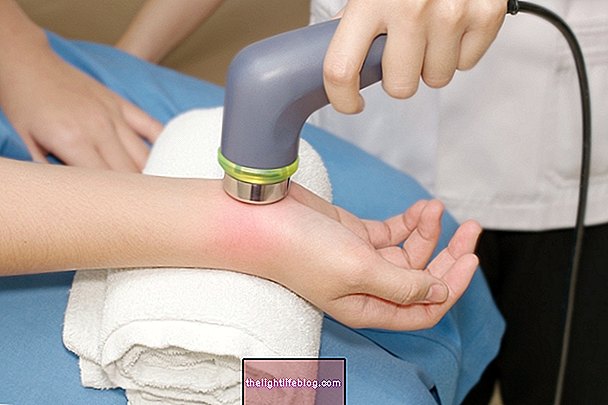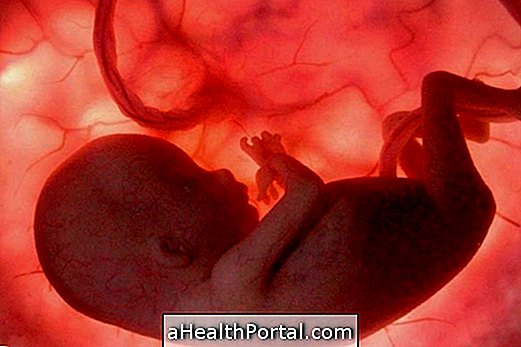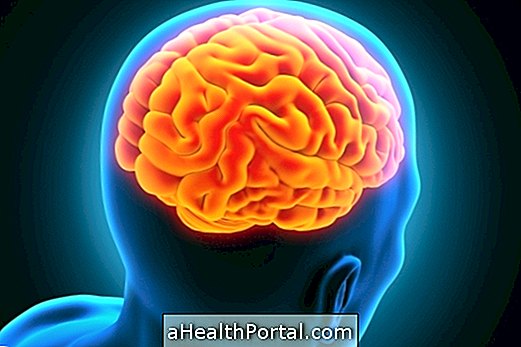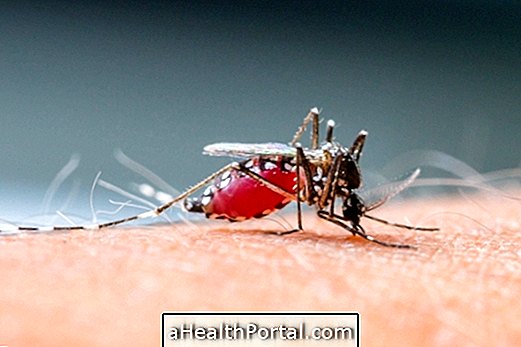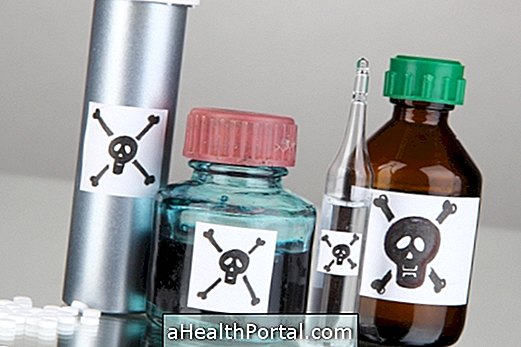Pediculosis is the scientific name given to an infestation of lice, which appears with some regularity in school children. This type of infestation may occur at any time in life, including in adults, and may occur not only in the head, but also in the body, eyelashes, eyebrows or in the pubic hair region.
The lice is a parasite that does not fly or jump but passes from one person to another through direct contact with a person's hair with lice or by using brushes, combs, hats, pillows or sheets. These parasites feed only on blood, live on average 30 days and multiply very quickly, as each female puts between 7 to 10 nits a day.
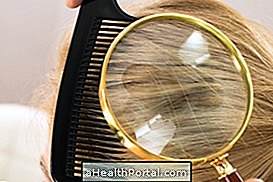

How To Identify Head Lice
The infestation of head and scalp lice, also known as capillary pediculosis, is the most common in children and causes symptoms such as:
- Intense itching of the scalp;
- Small wounds on the head;
- Small white dots appear on the scalp.
The white dots resemble dandruff and can only be observed when the scalp is examined closely, indicating the presence of nits. The lice are brown or black and are therefore harder to see because they are easily mistaken for hair.
Treatment for infestation of head lice should be indicated by the physician, and lice shampoos such as Deltacid or Escabin are generally indicated. The use of shampoos can be combined with the use of a thin comb to remove dead lice and lice, which should be used after each wash of the hair.
How to Get Rid of Head Lice
To eliminate lice infestation you should follow these 3 steps:

1. Use shampoo for lice and nits
You should buy a lice and lice shampoo from the pharmacy and wash the hair, letting it act for a few minutes as the package indicates. Rinse and apply a conditioner or massage cream and comb the hair, removing all knots. Rinse with water then towel dry.
There are also some home remedies that can be made from vinegar, rue, or cornmeal, for example, learn more at Home Remedy for Head Lice.
2. Spend thin comb
Next, with hair still wet, thread a thin comb into each strand of hair, being careful to check if it passes the comb from the root of the hair. You can do this in a very clear place and put a towel or white sheet on the table, for example. Then ask the person to look down and throw the hair forward so that when combing, the lice can fall into the sheet being easily identified.
Do this until you have eliminated all nits and lice from the person's head. You can repeat these two steps daily to ensure that there is no lice or lice left.
The fine comb can be bought at the supermarket or pharmacy, and there are also some newer models that are electronic and therefore kill lice or lice by touching them.
3. Use the lice remedy
If it is very difficult and laborious to find and eliminate lice with the above tips, your doctor may prescribe taking a tablet of Ivermectin, which is a dewormer that works against intestinal worms but has the same effect on lice infestation and nits
Just take 200 mcg per kg of body weight in a single dose to completely eliminate lice.
4. Apply spray to prevent new lice
If there are people around with lice, you can prevent them by applying a lice repellent spray purchased at the pharmacy. This product is made with essential oils that release a scent that the lice do not like and so they do not come close.
Also indicated that the person with lice use their own hair comb, get their hair stuck, do not lend hat or glasses to others. In addition, all personal belongings and clothes of the person with 60-degree lice, such as sheets, cushions or teddy bears, should be washed, for example, in order to prevent the infection from spreading.
How to Identify Lice in Pubic Hair
The lice infestation in pubic hair, also known as pubic pediculosis, is more common in adolescents or adults and causes symptoms such as:
- Intense itching in the intima;
- Redness or small wounds in the intimate region;
- Appearance of small white dots in the intimate region.
Lice infestation in pubic hair occurs through intimate contact with an infected person or through the sharing of infested objects such as towels or underwear.
Pubic pediculosis is considered an STD, and in order to avoid it, it is advisable to maintain good body hygiene and ensure that the sexual partner is carefully chosen. The treatment of this STD must be indicated by a gynecologist or urologist, being indicated the use of medicine antiparasitarios like Ivermectina. In addition, to complete the treatment is indicated the careful removal of the lice with forceps or fine comb. Learn more in Pubic Lice Treatment.
